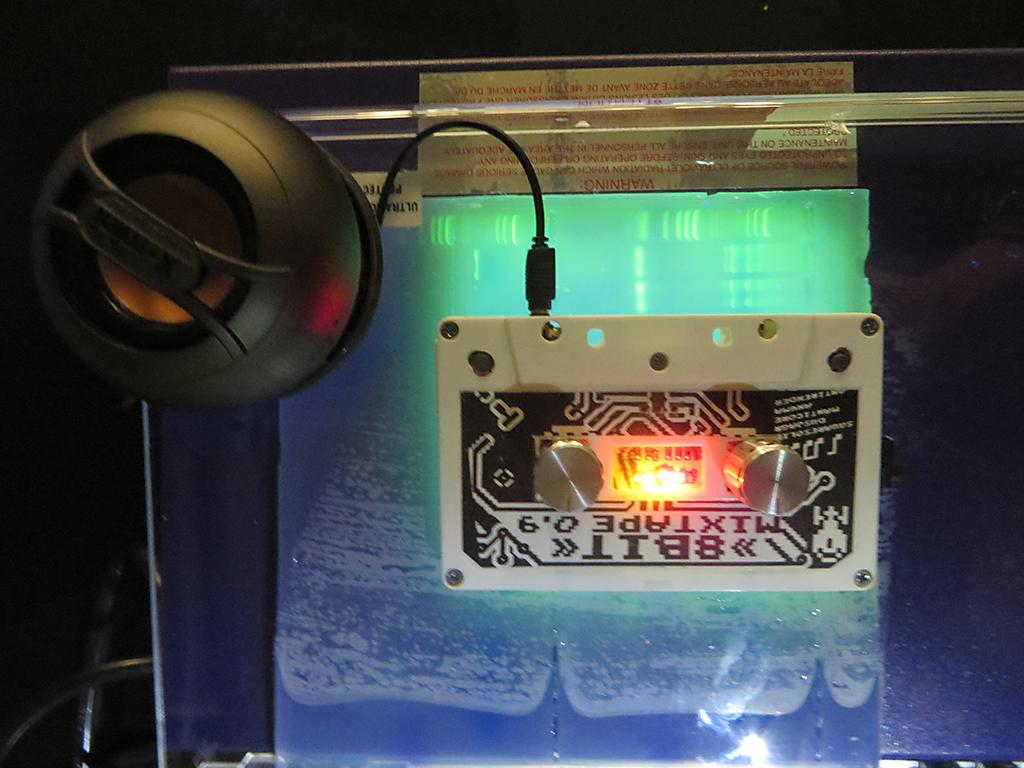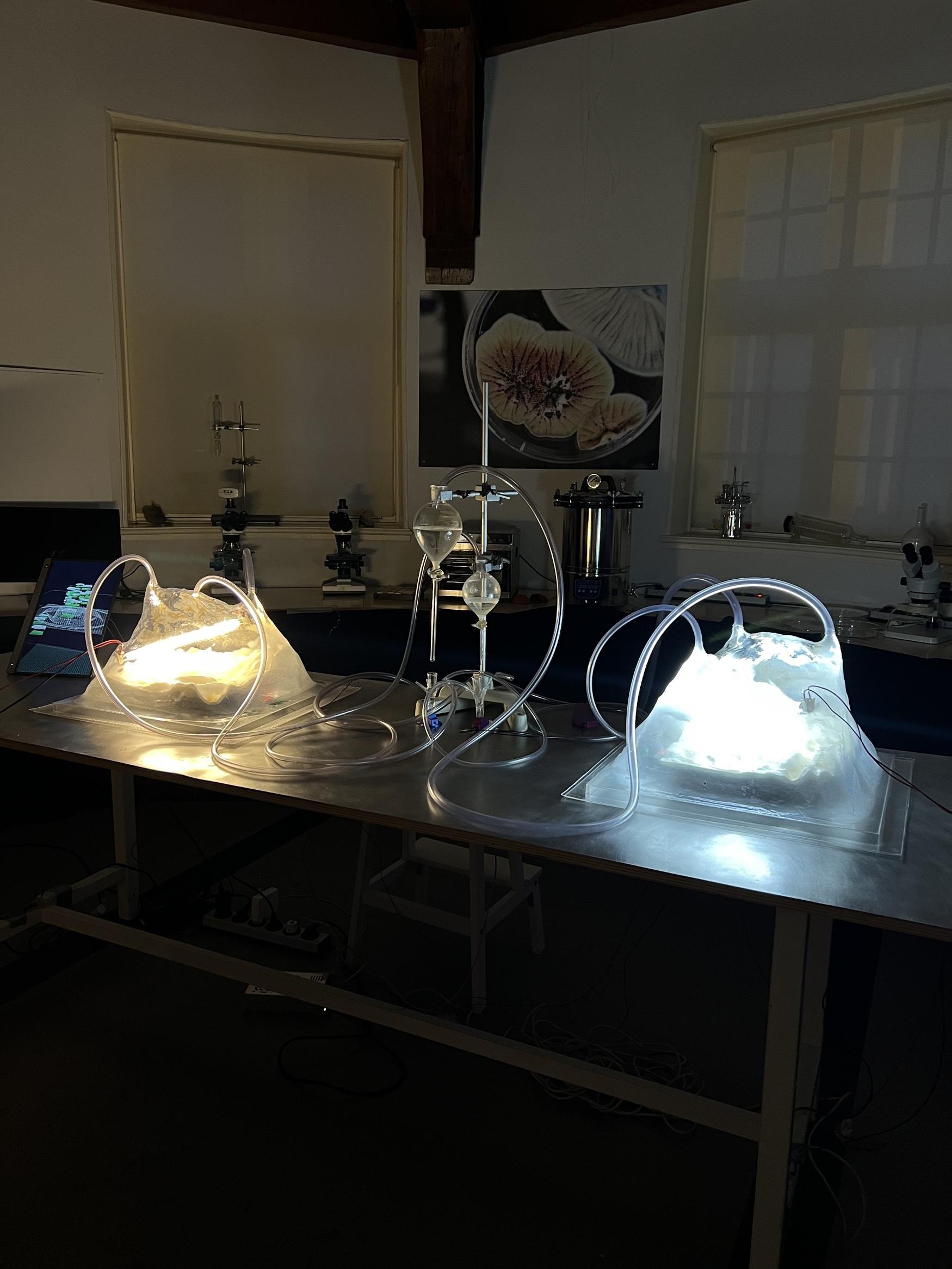The artistic interest in life sciences is on the rise. However, the debate around genetic engineering for art remains undecided in The Netherlands. So, I flew to Helsinki to join a group of biohackers in teaching genetic engineering to artists — “Rock & Roll” style.
Recently, the Dutch Committee on Genetic Engineering (COGEM) published a study n the legal aspects of exhibiting genetically engineered organisms in galleries. The report is a response to artists' growing interest in working with the latest biotechnological materials, including those of which the DNA has been altered.
This powerful technology is used on large scale in industry and science. For example, human insulin is produced by genetically engineered micro-organisms, and scientists are adjusting the DNA of yeast to produce more biofuels. And, more recently, the CRISPR Cas9 methodology in combination with IPS has opened up a new window to genetic embryo engineering.
Over the past decade, the technique has become more and more accessible to individuals. This is due, first of all, to the tremendous drop in costs of making synthetic DNA; and secondly, to the efforts of the biohacking movement in making the necessary equipment available to everyone.
I flew to Helsinki to join an extraordinary group of biohackers. We were invited by Aalto University’s Biofilia lab in Espoo to teach a two-week crash course in biotechnology to art and design students. The goal was to give them an insight on how to work creatively and artisticly, regardless of the strict protocols and procedures. Hence, a “Rock & Roll” flavour and atmosphere were added to the traditional instructions on genetics.
The great thing about meeting up with such a great group of people in such a creative space is that you never really know what the results will be. So, let’s have a look at what happened:
The students started with conducting some pre-organized workshops. We grew E. coli cells, extracted their DNA, amplified genes and assembled new vectors that were transformed back into E. coli. This type of “self-cloning” or “cisgenetics” is unregulated in many European countries (except The Netherlands). And, due to the clever cloning of the gene coding for colicin bacteriocin, a self-selection mechanism was engineered that did not need any antibiotics. In other words, no new genes were inserted into E. coli, we just shuffled some around, Rock & Roll style!
This concept was first introduced to the biohacking scene by Cathal Garvey. Rudiger Trojok brought it to Helsinki to put it to the test. Meanwhile, some plant genetic experiments were conducted by Andreas Sturmer to make blacklight-responsive disco plants. And Urs Gaudenz prototyped on digital microfluidic devices.
Digital microfluidics can be used to let droplets dance on a microchip. Somehow, this turned out to be the topic that interested all of us the most. To get a sense of how the pro’s do it, we went on a field trip to Helsinki University to have a look at the latest Open Source digital microfluidics device that has been developed by the Wheeler Lab. The Helsinki research group was kind enough to let us play around with their DropBot. We immediately started to discuss what we could do with this instrument (microfluidic pong or a high through-put, evolutionary screening!) and how we could make it cheaper.
Only a few days later, Urs had already developed a working prototype.
During our Open Wetlab Evenings, we are continuing to develop this device. Urs’ documentation of the “OpenDrop” can be found on his GaudiLabs page and the latest designs of the “OpenFluxl” in our lab can be found on Waag’s Github.
So, that’s what you get when you put eight biohackers in a room with students to tinker with DNA: a cheap digital microfluidic prototype.

